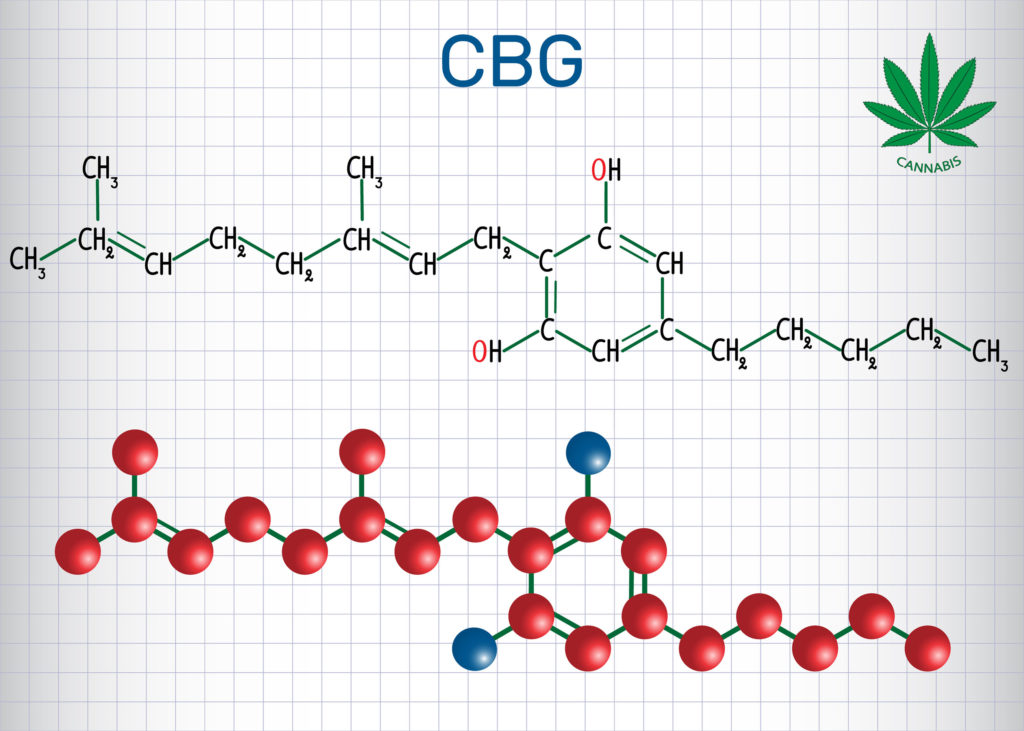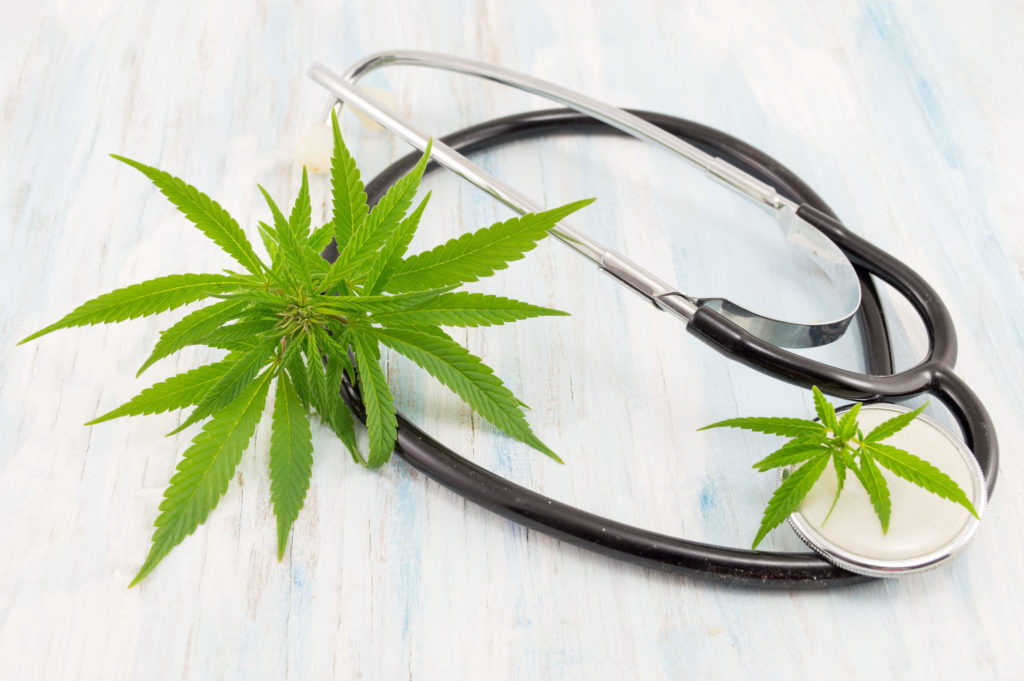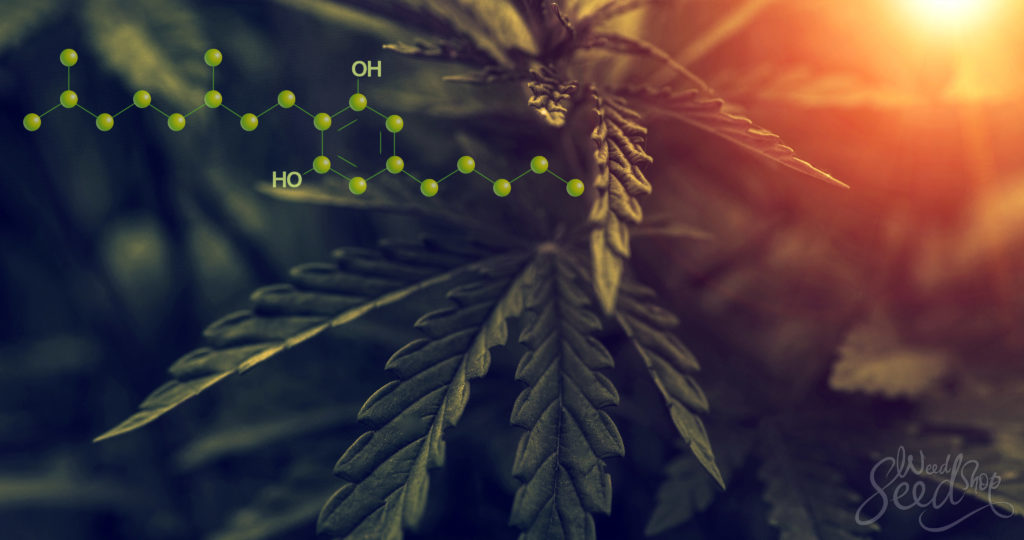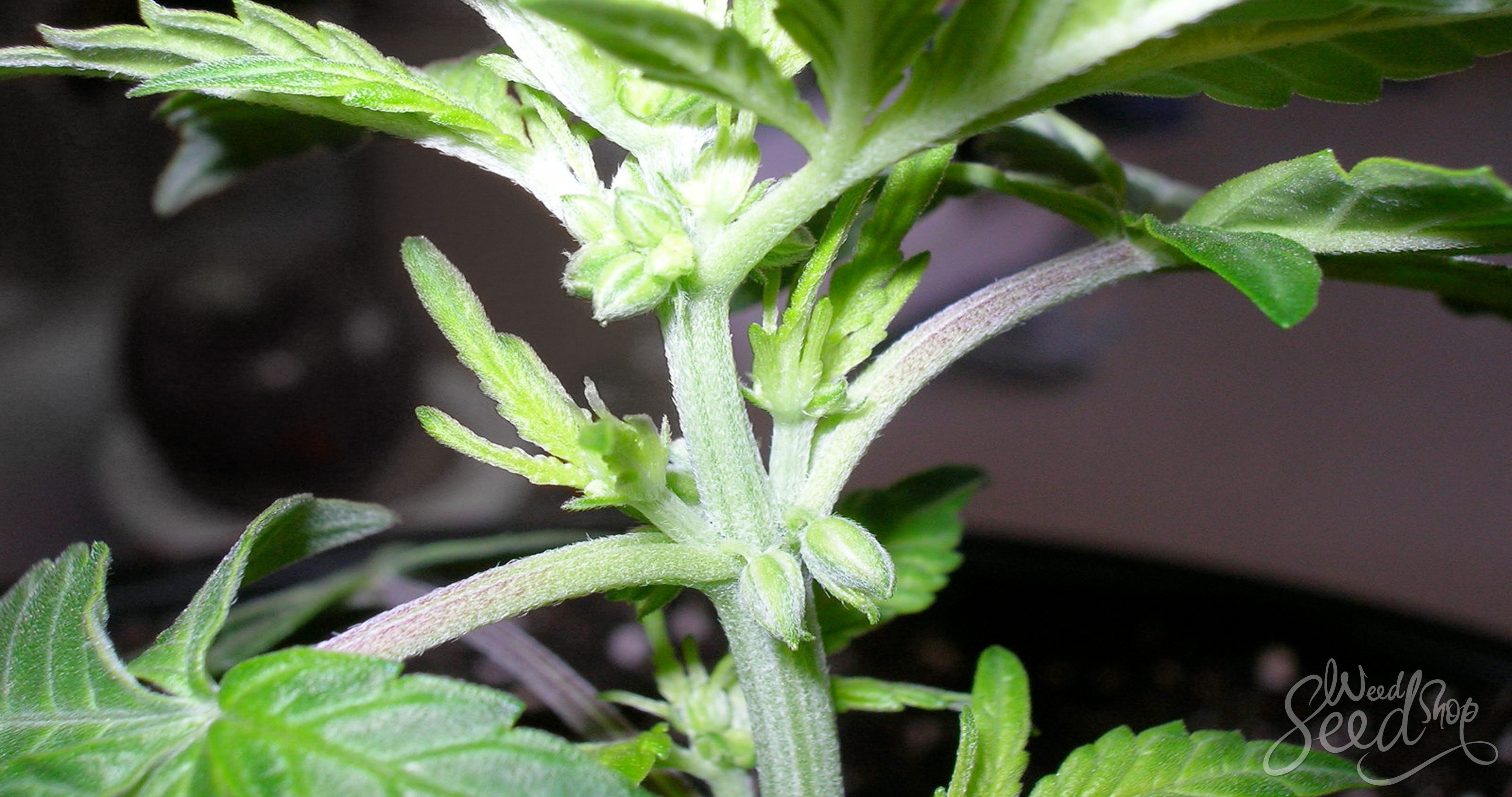What continues to baffle scientists and even cannabis users is how much is contained inside this plant. As research continues, we are discovering more and more active cannabinoids that can be beneficial to our health. Although it is not well known, Cannabigerol (CBG) is showing a lot of medical promise in the research of cannabis. Let’s learn all about CBG and the human body!
Welcome, fellow cannabis enthusiasts, to the information age. It is no longer a time of accepting what is, but rather of knowing what is. By the time you’ve finished this article, you’ll be among the scholarly few who know cannabis above and beyond “that sticky stuff that makes you high”.
If you know what THC is, you’re already in. And if you know what CBD is, then you’re even further in. But once you start adventuring into the multitude of cannabinoid compounds within the cannabis plant, you might as well consider yourself a cannabis botanist.
For some people, it’s overwhelming to consider how many active compounds are inside cannabis. THC and CBD are enough jargon words – why go any deeper? But the deeper we look into the mystery of cannabinoids, the more we seem to learn about our own bodies as well.
So today, the topic is Cannabigerol, one of the lesser-known cannabinoids that shows a lot of potential. Our ability to isolate cannabinoids and inspect them under the microscope has increased our knowledge of this plant exponentially. As always, this gives us all the more reason to love weed.
What is Cannabigerol?
Cannabigerol is the cannabinoid that can be viewed as the the parent of THC and CBD.
Although Cannabigerol (CBG) is considered a minor cannabinoid (it makes up around 1% of cannabis), it is the precursor to the three main cannabinoids in cannabis. Interestingly, even the most famous cannabinoid THC starts off as CBG.

As you can imagine, this all means that CBG is present in the cannabis plant in large amounts before it begins to express itself as THC, CBD or CBC. A lot of research is going into the medicinal value of CBG and breeders are experimenting with genetics to produce higher CBG yields. We’ll go into more detail on this later in the article.
During the early growth stages of the cannabis plant, CBG is actually present as CBGA (CBG-acid). Metabolic processes break down CBGA, directing it to become one of the three cannabinoids that are better known. In most strains, CBGA will almost instantaneously go on to become THCA and CBDA. Therefore, the more THC and CBD present in a strain, the less CBG that can be detected.
Interestingly, there are certain industrial hemp varieties which have much larger concentrations of CBG than what we would find in psychoactive cannabis strains. As you can imagine, this probably has something to do with the fact that there is very little to no THC in industrial hemp.
The medical potential of Cannabigerol
Currently, a lot of research is going into what CBG has to offer as a medicine. It is non-psychoactive, unlike THC, which is probably one of the main reasons it is getting so much scientific attention. The fact that CBG is non-psychoactive gives it potential as a medicine for children and elderly.
As a matter of medicine, CBG targets some very specific areas. When we talk about cannabinoids, we’re used to seeing an endless list of medicinal applications. However, CBG is a little bit more selective when it comes to the parts of the body it wants to behave in.

Recent studies have found that CBG has a neuroprotective quality in mice with Huntington’s Disease. It is quite possible that CBG can express this quality in any neurodegenerative disorder (such as Alzheimer’s). However, specifically in the case of Huntington’s, the gene expression for this disease is partially normalized under the effects of CBG according to this study.
Another exciting avenue of research is in the role that CBG has to play with cancer patients. In one study conducted on mice, CBG slowed down or completely inhibited cancer growth. The cancer in question for this particular research was colon cancer (we’ll get to the importance of this in a minute). Researchers don’t really know if this can be applied to all cancers, but in the very least, mice with colorectal cancer responded well.
The reason it is interesting that CBG was tested for colorectal cancer is that this cannabinoid seems to like the gastrointestinal part of the body. It is a powerful anti-inflammatory – but not just for any of the organs. In the bowel specifically, CBG yields anti-inflammatory responses. It is a promising avenue of research as treatment for those with irritable bowel syndrome (IBS).
Finally, CBG is thought to play a role in targeting anxiety. It does this by interacting with GABA inhibition. GABA is a neurotransmitter that is central to the nervous system of the human organism. This neurotransmitter plays a role in neuronal excitability, having an effect on muscle tension and pain. CBG acts by modulating the uptake of GABA in the brain, relaxing the user on a physical and cerebral level.
Cannabigerol, new-age breeding and modern medicines
We get it, all of this might sound rather complicated. But the bottom line is: It’s a shame that most people don’t even know what CBG is, because it has a huge medical potential.
Breeders are currently experimenting with methods to capture cannabis when it is at optimum CBG levels. The idea is to harvest before CBG has been converted into other cannabinoids such as THC and CBD. The general estimate is that six weeks into an eight-week flowering cycle is the moment of maximum CBG prevalence. Extractions made with this “early” harvest usually contain much higher volumes of CBG than we would otherwise see.
In fact, the Dutch company Bedrocan has already produced a strain that is very high in CBG. The strain is called Bediol, and only contains 6.5% THC and 8% CBD. Most strains that we use these days have up to quadruple the amount of THC, all of which was CBG before it was metabolized by enzymes during growth – the common ancestor.
Certain companies are even manufacturing CBG oil. The cannabinoid is being isolated from certain varieties of industrial hemp. This cannabinoid shows potential for the targeted treatment of specific illnesses such as Huntington’s Disease or Irritable Bowel Syndrome. When you think about it, this could be revolutionary for patients with Huntington’s because there is no other treatment
It’s amazing how much we know about cannabis and its constituent cannabinoids. But what’s more amazing is how much we don’t knowˆ. It sometimes seems as though we will never stop uncovering new information, new cannabinoids and new medical potential.
Now consider yourself among the academic minority who knows all about CBG, its botanical role in the production of other cannabinoids and its medical role in the human body!







